Are you a photography enthusiast looking to take your skills to new heights? Look no further than our comprehensive Buyer’s Guide to Drones with 4K Camera Capabilities. Whether you’re a beginner or a seasoned professional, this guide will walk you through everything you need to know about choosing the perfect drone for capturing stunning, high-resolution aerial footage. From understanding the benefits of 4K camera capabilities to exploring the top models on the market, we’ve got you covered. So, get ready to elevate your photography game and capture breathtaking moments from a whole new perspective.
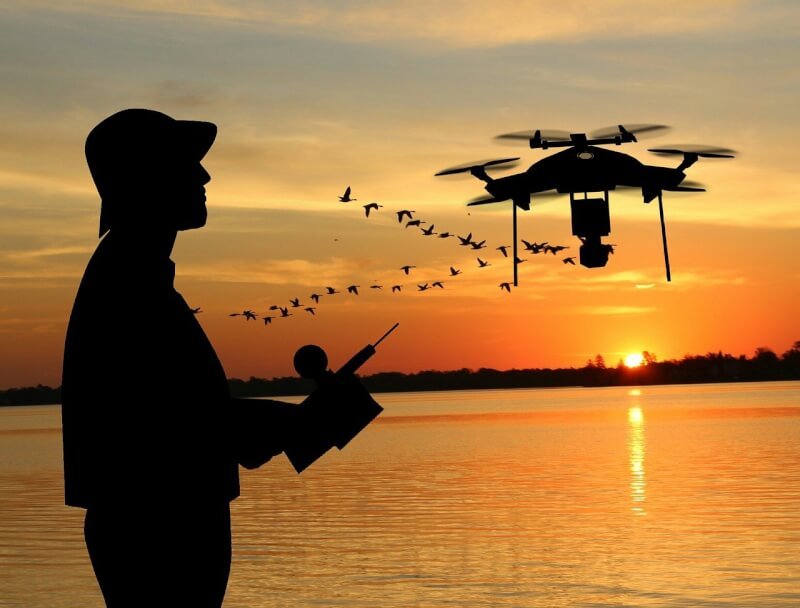
Important Factors to Consider
When shopping for a drone with 4K camera capabilities, there are several important factors to consider. These factors will determine the overall quality and performance of the drone, as well as your overall experience as a drone pilot. From camera quality to flight time and control methods, each factor plays a crucial role in your decision-making process. Let’s dive into each factor and explore what you should look for when choosing a drone with 4K camera capabilities.
Camera Quality
The camera quality is perhaps the most crucial factor to consider when buying a drone with 4K camera capabilities. After all, the main purpose of the drone is to capture high-quality aerial footage. When evaluating camera quality, there are a few key aspects to examine.
Resolution
Resolution determines the level of detail that can be captured in a video or photograph. For 4K camera capabilities, a resolution of 3840×2160 pixels is standard. This level of resolution provides stunning clarity and sharpness, allowing you to capture breathtaking aerial footage.
Frames Per Second (FPS)
The frames per second (FPS) refers to the number of individual frames that can be captured per second. Higher FPS values result in smoother and more fluid video footage. For optimal results, look for drones with 4K camera capabilities that offer a high FPS, such as 60 FPS or above.
Sensor Size
A larger sensor size allows the camera to capture more light, resulting in improved image quality, especially in low-light conditions. Look for drones that feature larger sensor sizes for better overall image quality.
Lens Quality
The lens quality of a drone’s camera is crucial for capturing sharp and distortion-free footage. Look for drones that feature high-quality lenses made from materials like glass, as they provide excellent clarity and minimize image distortion.
Gimbal Stabilization
Gimbal stabilization is essential for achieving smooth and stable footage even during the drone’s movements. Look for drones that feature a 3-axis gimbal stabilization system, as it provides superior stability and ensures that your footage remains steady and shake-free.
Considering these camera quality factors will ensure that you capture stunning, professional-grade aerial footage with your 4K-enabled drone.
Flight Time
Flight time refers to the duration for which a drone can stay airborne on a single battery charge. Longer flight times allow for more extended recording sessions and exploration in the air. When evaluating flight time, consider the following factors.
Battery Capacity
Battery capacity is measured in milliampere-hours (mAh) and determines how much power the drone’s batteries can store. The higher the battery capacity, the longer the drone can stay airborne. Look for drones with high-capacity batteries, ideally above 3000mAh, for extended flight time.
Battery Type
Different drones use different battery types, such as Lithium-Polymer (Li-Po) or Lithium-Ion (Li-Ion). Li-Po batteries are known for their high energy density, lightweight nature, and ability to deliver high currents. Li-Ion batteries, on the other hand, offer a longer lifespan and better overall longevity. Consider your priorities and choose a drone with a battery type that aligns with your requirements.
Charging Time
Charging time refers to the amount of time it takes for the drone’s batteries to fully recharge. The shorter the charging time, the quicker you can get back in the air for your next flight. Look for drones that feature fast charging capabilities to minimize downtime and maximize your flying time.
Spare Batteries
Having spare batteries for your drone is essential, especially if you plan on extended flight sessions. Look for drones that offer easy-to-find spare batteries, allowing you to quickly swap out batteries and continue flying without interruptions.
By considering these flight time factors, you can ensure that your drone will provide you with extended flying opportunities and uninterrupted aerial recording sessions.
Range
The range of a drone refers to the maximum distance it can fly away from the remote control or the pilot’s position while maintaining a stable and reliable connection. When evaluating range, take the following factors into account.
Transmission Distance
Transmission distance refers to the maximum distance at which the drone can transmit live video feed and control signals. Look for drones that offer long transmission distances, preferably above one kilometer, to ensure that you can explore a wide area without losing connection.
Signal Strength
The signal strength determines the reliability and stability of the connection between the drone and the remote control. A strong signal strength is vital for maintaining control and capturing smooth footage. Look for drones with strong signal strength to avoid signal dropouts and interference.
Remote Control Features
Consider the features available on the remote control of the drone. Look for remote controls with built-in displays or smartphone holders that provide a convenient way to monitor the live video feed. Some drones offer advanced features like follow me mode and gesture control, allowing for intuitive and hands-free flying.
By considering the range factors, you can ensure that your drone is capable of exploring vast distances and capturing stunning footage from various locations.
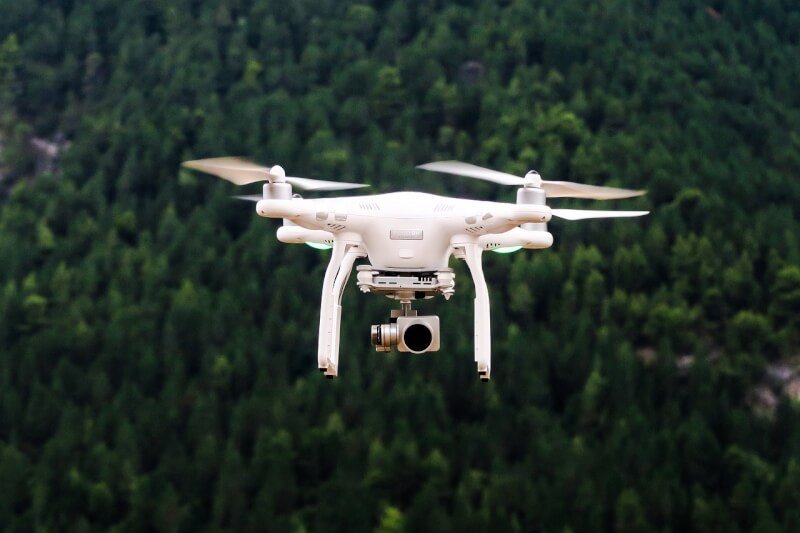
Portability
The portability of a drone is an important factor to consider, especially if you plan on traveling with your drone or taking it on outdoor adventures. Here are the key aspects to consider when evaluating portability.
Size and Weight
The size and weight of a drone determine how easy it is to transport and carry around. Look for drones that are compact and lightweight, as they are more portable and convenient to handle. Compact drones are easier to fit into backpacks or travel cases, allowing you to take them with you wherever you go.
Foldable Design
Drones with foldable designs offer enhanced portability as they can be easily folded down to a smaller and more manageable size. This feature makes it easier to pack the drone away and protect it during transportation.
Carrying Case
A carrying case is an accessory that helps protect your drone during transportation and provides a convenient way to carry all your equipment. Look for drones that come with a dedicated carrying case or consider purchasing one separately to ensure maximum protection and portability.
By considering the portability factors, you can choose a drone that fits seamlessly into your lifestyle and is easy to carry wherever your aerial adventures take you.
Control Method
The control method determines how you interact with and maneuver the drone. It can significantly impact your experience as a drone pilot. When evaluating control methods, consider the following factors.
Remote Control
Most drones come with a dedicated remote control, allowing you to have precise control over the aircraft. Look for remote controls that have an ergonomic design with easy-to-use joysticks and intuitive button layouts. Comfortable and intuitive controls will enhance your flying experience and make it easier to capture incredible footage.
Smartphone/Tablet App
Some drones can be controlled through a smartphone or tablet app, providing you with a convenient way to control the drone using a device you already carry with you. Look for drones that offer a user-friendly and feature-rich app that allows you to access live video feed, adjust camera settings, and navigate through different flight modes.
By considering the control method factors, you can select a drone that offers a control interface that suits your preferences and enhances your overall flying experience.
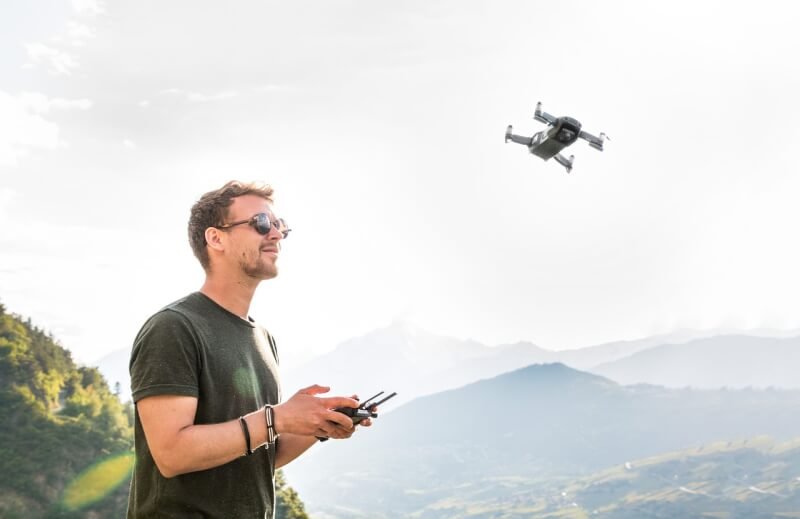
Image Stabilization
Image stabilization is essential for capturing smooth and professional-looking footage. It reduces unwanted camera movements and vibrations caused by the drone’s flight. When evaluating image stabilization, consider the following factors.
Gimbal System
Gimbal systems provide mechanical stabilization by using motors and sensors to counteract unwanted movements. Look for drones that feature a 3-axis gimbal system, as it offers superior stabilization and ensures that your footage remains steady and shake-free, even during aggressive maneuvers.
Electronic Image Stabilization (EIS)
Some drones offer electronic image stabilization as an additional feature or alternative to gimbal stabilization. EIS uses digital algorithms to correct and stabilize footage in real-time. While not as effective as gimbal stabilization, EIS can still produce smooth and stable footage, especially in situations where a physical gimbal is not available.
By considering the image stabilization factors, you can choose a drone that will capture stunning aerial footage with minimal camera movements and vibrations.
Obstacle Avoidance
Obstacle avoidance is a crucial feature that helps prevent collisions and ensures the safety of your drone, especially when flying in crowded or challenging environments. When evaluating obstacle avoidance, consider the following factors.
Sensors
Obstacle avoidance systems use sensors to detect objects and obstacles in the drone’s flight path. Look for drones that feature multiple sensors placed strategically around the aircraft for comprehensive coverage and reliable obstacle detection.
Collision Detection and Avoidance
Some drones offer advanced collision detection and avoidance features that not only detect obstacles but also actively avoid them by adjusting the flight path or stopping the drone’s movement altogether. Look for drones that offer these advanced features for enhanced safety and peace of mind.
By considering the obstacle avoidance factors, you can choose a drone that will navigate safely through various environments and minimize the risk of collisions or accidents.
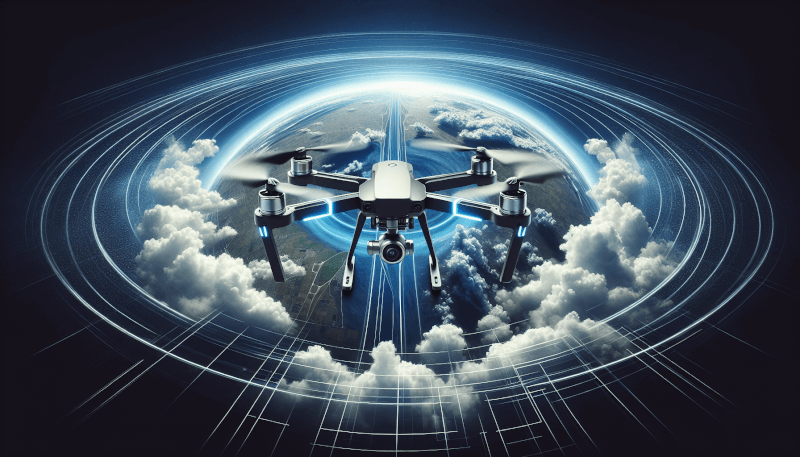
GPS Features
GPS features provide additional functionality and convenience for drone pilots. When considering GPS features, look for the following capabilities.
Return-to-Home
Return-to-home is an automated feature that allows the drone to automatically navigate back to its takeoff point with the push of a button or in case of lost connection. Look for drones with accurate GPS systems and a reliable return-to-home feature for added safety and convenience.
Follow Me Mode
Follow me mode enables the drone to track and follow a moving subject automatically. This feature is particularly useful for capturing dynamic footage, such as action sports or outdoor adventures. Look for drones that offer follow me mode for effortless tracking and filming of yourself or others.
Waypoints
Waypoints allow you to pre-plan the drone’s flight path by setting specific GPS coordinates. The drone will then autonomously follow the programmed route, allowing you to focus on capturing stunning footage. Look for drones that offer waypoints functionality for precise and repeatable aerial shots.
Geofencing
Geofencing is a feature that lets you set virtual boundaries or no-fly zones within the drone’s software. This helps comply with local regulations and ensures that you don’t inadvertently fly the drone into restricted airspace. Look for drones that offer geofencing capabilities for added safety and peace of mind.
By considering the GPS features, you can choose a drone that offers enhanced automation, convenience, and safety features for your aerial adventures.
Battery Life
Battery life refers to the duration for which a drone’s battery can power the aircraft. A longer battery life allows for extended flight sessions and more time to capture footage. When evaluating battery life, consider the following factors.
Battery Capacity
Battery capacity and flight time are closely related. Look for drones with higher battery capacities, as they will provide longer flight times. Consider drones with batteries that have a capacity of 3000mAh or above for extended flying opportunities.
Battery Type
Different types of batteries offer varying levels of performance and longevity. Lithium-Polymer (Li-Po) batteries are commonly used in drones due to their high energy density and ability to deliver high current. Lithium-Ion (Li-Ion) batteries offer longer lifespans and better overall longevity. Consider your priorities and choose a drone with a battery type that aligns with your requirements.
By considering the battery life factors, you can choose a drone that provides extended flight sessions and minimizes downtime for recharging.
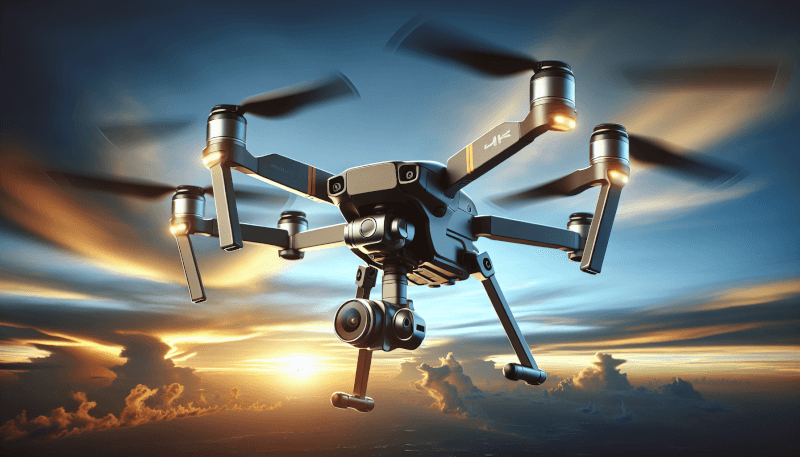
Price
Price is an important factor to consider when shopping for a drone with 4K camera capabilities. The price range for drones with 4K camera capabilities can vary widely, depending on the brand, features, and overall quality. Consider the following price options.
Budget Options
Budget options provide an affordable entry point into the world of drones with 4K camera capabilities. These drones offer basic features and functionalities but may lack some of the advanced capabilities found in more expensive models. Look for budget options that still offer decent camera quality and flight performance within your price range.
Mid-Range Options
Mid-range options strike a balance between affordability and advanced features. These drones offer better camera quality, longer flight times, and additional functionalities like obstacle avoidance or advanced GPS features. Look for mid-range options that provide a good balance between price and performance.
High-End Options
High-end options offer top-of-the-line camera quality, advanced flight performance, and a wide range of features and functionalities. These drones are typically more expensive but come with cutting-edge technology and enhanced capabilities. Look for high-end options if you prioritize the absolute best camera quality and the most advanced features available.
By considering the price options, you can find a drone that aligns with your budget while still offering the desired camera capabilities and overall quality.
In conclusion, when shopping for a drone with 4K camera capabilities, it’s important to consider factors such as camera quality, flight time, range, portability, control method, image stabilization, obstacle avoidance, GPS features, battery life, and price. By evaluating each factor and understanding their implications, you can make an informed decision and choose a drone that will meet your needs and provide you with an exceptional aerial photography experience. Happy flying!


